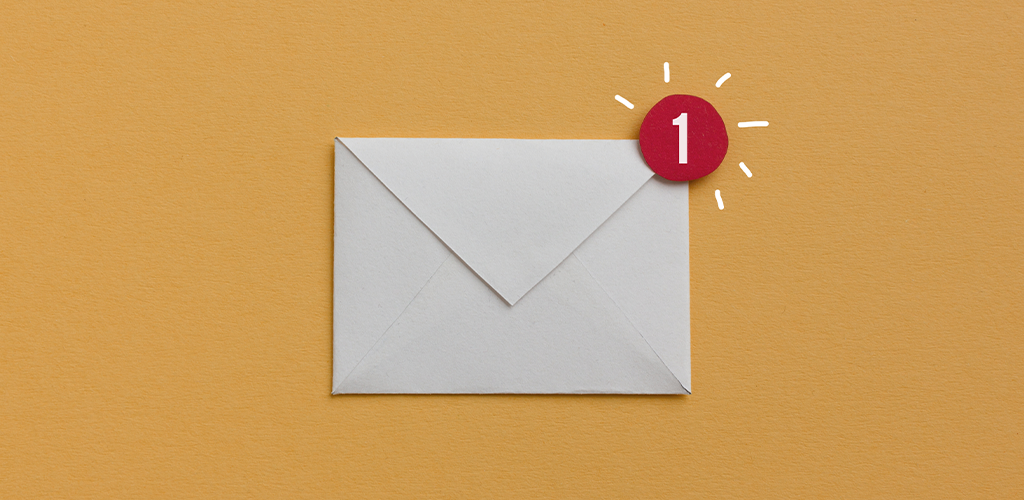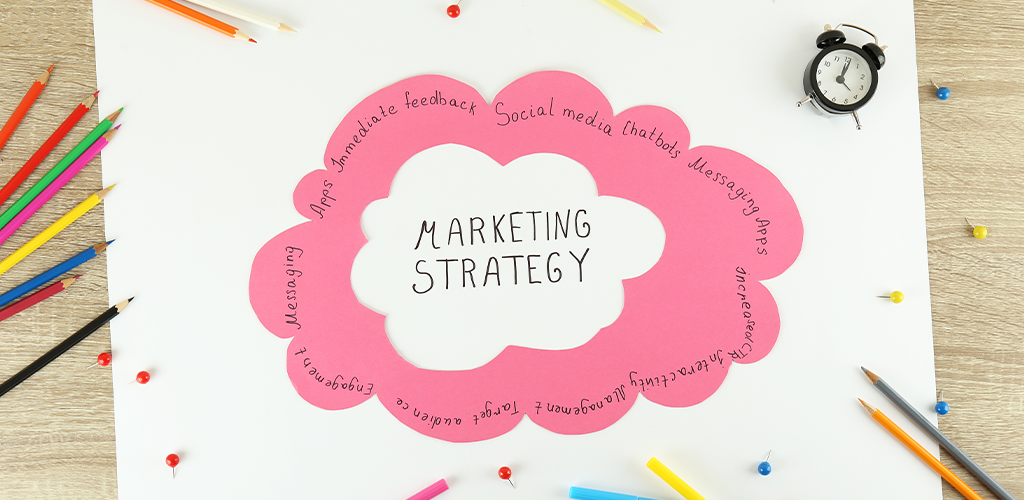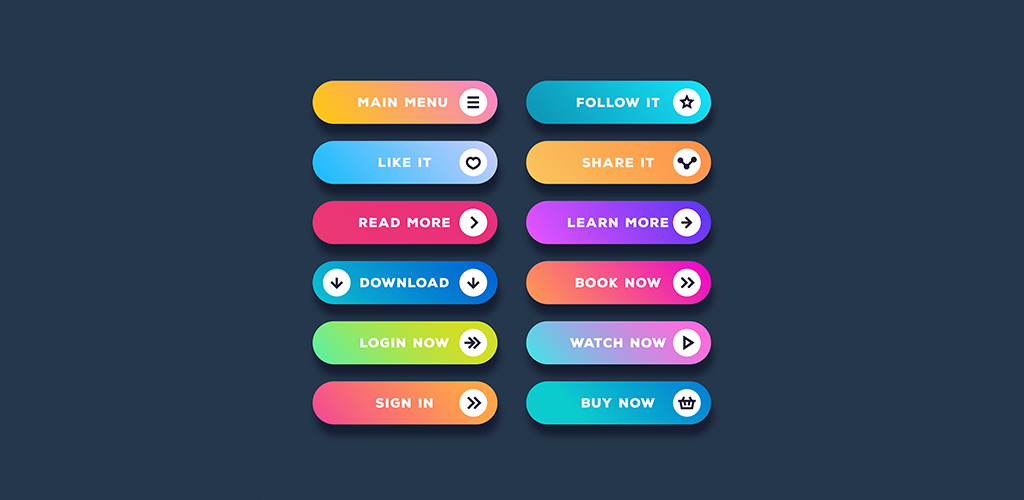What You Need to Know About Effective Email Marketing for eCommerce

It’s estimated that 94% of internet users have an email account. In comparison, only 61% of internet users are on social media. That makes using emails to advertise one of the most effective methods of reaching out to online audiences and increasing sales conversions as a result. Because of this, knowing how to create the perfect email campaign is a vital skill all entrepreneurs should know. Here are a few things you should know and do for email marketing for ecommerce:
- Choose the right type of email
- Build a subscriber list
- Strategize
- Tailor messages to your audience
- Use a clean design and clever content
- Make it actionable
- Have an easy-to-use unsubscribe button
- Remember to be mobile-friendly
- Test and analyze
Choose the Right Type of Email
Before you plan an email marketing campaign, you need to know that there are different types of emails you can use. Some will be more effective for your brand than others. The three types include:
- Promotional Emails: Also known as marketing emails, promotional emails are used to keep customers informed and up-to-date with the goings on of your business. They include newsletters, sales promotions, announcements, surveys, events, and more.
- Transactional Emails: A transactional message is typically automated and triggered as a result of an action a customer takes. For example, when they buy a product from your website, the transactional message will send automatically with the confirmation of their purchase. The immediacy of these messages builds trust with your clients, so they know your business works quickly and efficiently. They’re most commonly used as welcome messages, order tracking, and confirmations of purchases and registrations.
- Operational Emails: This type of message includes important information about your business. You might inform customers of a change to your business hours (if you don’t operate 24/7), changes to your terms of use, and any notices of site maintenance. This allows customers to know what to expect of you and reduces any frustrations they might encounter if they were lacking the information in the operational emails.
Build a Subscriber List
Before you begin email marketing for ecommerce, you need an audience for those messages to reach. That’s why you should begin building a subscriber list (and never stop making it bigger). There are a few ways to go about building this list.
- Sign Up Forms: When a consumer is really interested in your brand, they might want to sign up for emails of their own accord. Make this easier by strategically placing a sign up form around your website. Use a pop-up message, add it to the footer you use on every page, add a sign up bar to your checkout. The easier you make it, the more likely you are to passively gain email subscribers.
- Ask at Checkout: Most ecommerce businesses require that customers provide an email to send order confirmations and updates. When asking for their email, add the option for customers to opt-in to your emails. This makes it easy (and, in turn, more likely) for them to sign up.
- Offer Specials: Many people are hesitant to sign up for a business’ email list because they’re worried there’s nothing in it for them except for annoying spam. Tell them exactly what they’re getting by opting in to your emails. For example, will you send them exclusive sales? Do they have the chance to win free gifts? Do they get early access to new products? Your subscriber list will grow faster if customers feel like the benefits of signing up for emails outweighs the negatives.
Strategize Before Starting Email Marketing for eCommerce

You can write an email and send it off to hundreds of people in only 15 minutes, right? Well, as the saying goes, just because you can, doesn’t mean you should. Executing an effective email marketing campaign requires a lot of pre-planning in order to generate the results you want. These are just a few things to plan even before you begin writing:
- Understand Your Goals: Do you want to encourage more customers to engage with your brand (through buying, answering surveys about your brand, etc.)? Or perhaps you have a group of subscribers who bought only once and you want to turn them into repeat customers? Maybe you want to make new customers feel welcomed to your business. Before you continue planning your campaign, decide on one clear goal and keep it mind throughout the rest of the planning process.
- Choose Your Audience: When you start building your subscriber list, you should break it down into different customer segments. Segments might be determined by gender, age, geographic location, if the person is a first-time or repeat customer, the types of products people buy from you, and more. The way you market your business will be different for each segment and some methods will be more effective than others. Once you know the goal of your marketing campaign, choose the audience that goal will appeal to, and tailor your content to them specifically.
- Plan Your Timings: Will your campaign be especially effective around a holiday? How long will you wait before sending a follow-up email about the campaign (if there will be a follow up at all)? What time of day will the email be most effective, based on the time zones of your recipients? Good timing is a key factor in launching successful email marketing for ecommerce stores so it should be thought out carefully.
- Use Technology: There are dozens of softwares available to help businesses plan and execute marketing strategies. They make the monumental task of sending emails to potentially thousands of people much easier. Do some research and choose an option that will help your brand execute your vision flawlessly.
Tailor Messages to Your Audience
During the strategizing phase of your marketing campaign, you should have decided which audience you want to reach out to. Now, you have to tailor the emails to that audience. Different segments will respond differently to particular communications methods. For example, some prefer to see more text while others like photo-heavy emails. You should also personalize your messages. Many email softwares allow you to use your customer’s name in the greeting. Sending the emails from a specific member of your team also helps them to feel more special (for example, signing them from “Ryan” instead of “The Team).
Use a Clean Design and Clever Content
If you’re successful in convincing your subscribers to open your email instead of just putting it in the trash, congratulations! That’s a huge step towards running effective marketing for ecommerce businesses. This is also a crucial step: you only have a matter of milliseconds to make a positive impression on your customer to convince them to keep reading. That makes the design of your email absolutely vital. If it looks sloppy, cluttered, and unprofessional, the message is sure to end up in the trash. Keep it clean and simple. Next, comes the actual content. This is the hardest part of any email. There’s a fine line between engaging your customers and overwhelming them with text. Furthermore, the content you write could end up sending your email right to the spam folder, meaning your audience will never see it. Keep your use of caps-locked words and exclamation points to a minimum. Also do a search of common terms that get flagged as spam (such as “ACT NOW BEFORE YOUR OFFER EXPIRES!!!”) so that you can keep them out of the copy you write.
Make it Actionable

An effective email marketing campaign should incite a response in your customers. You want them to take a specific action so that you can meet the goal of your campaign, and you want them to want to take that action. That’s why your emails must be actionable. Use clear call-to-action statements and include easy-to-see and click buttons that guide customers into the action you want them to perform. For example, if you want single-time buyers to make another purchase on your website, you might include a button that says “click here for free shipping.” It tells your customer the action you want them to take and why they should take it.
Have an Easy-to-Use Unsubscribe Button
Maybe someone signed up for your emails by mistake. Or maybe they’ve decided they just don’t like the emails you send them and don’t want anymore. These situations will happen and it’s perfectly okay if they do. While it may seem counter-intuitive, you want those customers to be able to easily unsubscribe from your communications. By doing so, you ensure that the final experience someone has with your business is a pleasant one. This can lead to favourable word-of-mouth marketing for you, and might even be enough to bring those customers back to you at a later date.
Remember to Be Mobile-Friendly
When email was first introduced to the world, you needed to use a computer to access those messages. The popularity of smartphones and tablets means that is no longer the case. However, thanks to the differences in screen sizes, something that looks good on a desktop computer screen might not look as good on the smaller screen of a mobile device. To combat this, make sure your emails are friendly to all devices before sending them.
Test and Analyze

BEFORE sending your email to the audience you intend it for, test it out to make sure it’s working and looking as intended. AFTER sending the email, analyze any data you can generate from it, including how many people actually opened it, and how many took the intended action when they were in the email.
Email marketing is an incredibly effective way to speak directly to your audiences. Do it well with these tips.
Visit Shopivo and stay tuned for exciting news and updates! Sign up for our emails and stay up-to-date on new developments and features.
